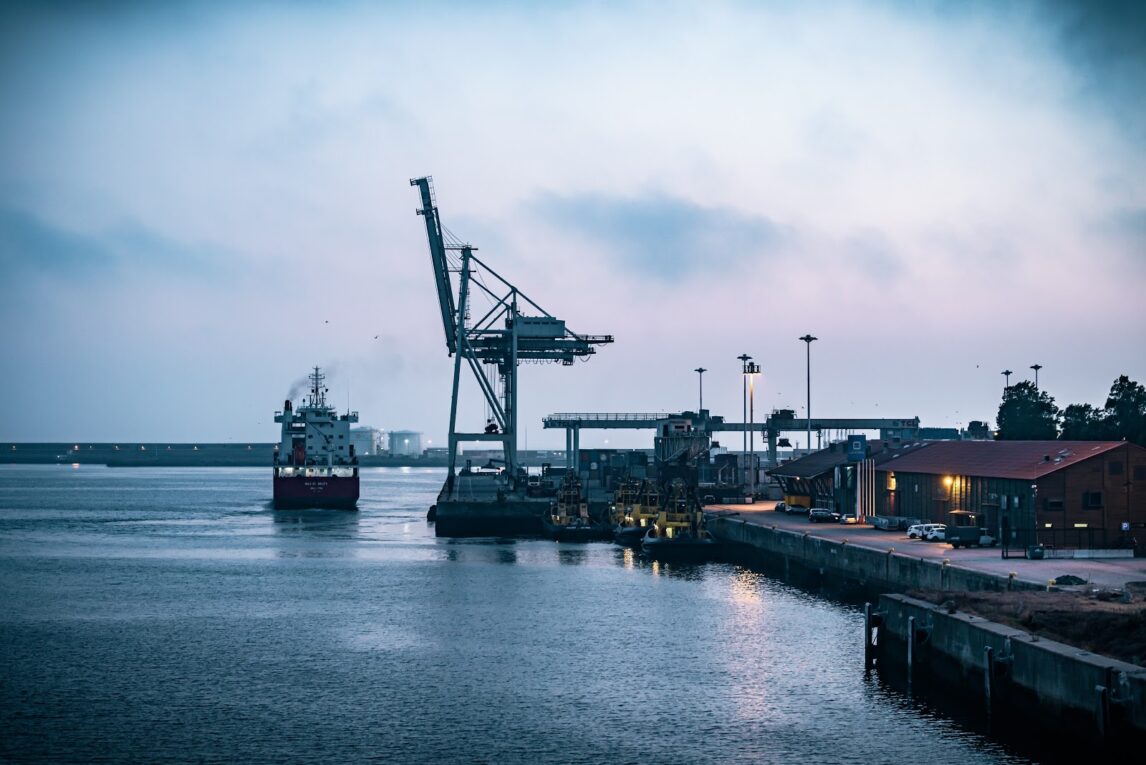The shipping industry is undergoing a digital transformation with the emergence of new technologies like IoT, big data analytics, artificial intelligence and machine learning. Maritime analytics plays a key role in leveraging these technologies to drive efficiency, safety, sustainability and optimize operations in the shipping sector. This article explores how maritime analytics is revolutionizing various aspects of shipping businesses from fleet management to route optimization and supply chain visibility.
Enabling Data-Driven Decision Making
Digitalization of vessels has led to generation of huge volumes of data from sensors, machines and other sources onboard ships and ports. However, until recently this data was largely underutilized due to lack of proper analytics. Maritime analytics provides tools and techniques to collect, clean, analyze and draw insights from this voluminous operational data.
Ship owners and operators are now leveraging analytics dashboards and algorithms to gain real-time visibility into vessel performance, fuel consumption, engine health, cargo conditions etc. This helps identify anomalies, predict maintenance needs and make more informed decisions. For example, predictive maintenance solutions analyze vibration, temperature and pressure sensors data to foresee component failures and schedule repairs proactively.
Analytics is also empowering customers in charter, commodity and bulk shipping segments. Charterers can evaluate historical vessel performances and choose the most suitable and cost-effective options. Commodity traders get insights into optimal routes, weather impacts etc. to optimize procurement. Bulk shippers gain visibility into cargo conditions, timely ETA’s and efficient loading/unloading plans.
Optimizing Fleet Management
One of the major applications of Maritime Analytics is for efficient fleet management. Using AI and machine learning, fleet managers can optimize vessel allocation, reduce wait times and delays. Route optimization solutions analyze weather patterns, port schedules and past voyages to generate the most fuel-efficient and timely routes. This significantly cuts down fuel costs and carbon emissions.
Analytics is also helping track fleet performance on parameters like speed, fuel consumption and emissions. Anomalies can be detected for investigation. Benchmarking of vessels and captains enables identification of best practices. Predictive maintenance solutions based on sensor data analysis help schedule maintenance dockings optimally to avoid unexpected breakdowns. All these optimizations collectively enhance asset utilization and reduce operational costs.
Ensuring Safety and Compliance
Maritime safety and security remains a top priority with analytics. Vessel tracking systems provide real-time vessel locations globally for monitoring and emergency responses. Behavioural analytics warns of risky operations like overspeeding. Crew and cargo monitoring solutions detect human errors or deviations. Cybersecurity tools analyze network traffic and detect anomalies to avoid cyber threats.
Analytics also helps ensure regulatory and compliance needs are met proactively. Solutions integrate various rules and certifications to flag non-compliance automatically for timely resolutions. Fuel consumption and emissions tracking confirms adherence to new IMO guidelines. Proof of compliant operations satisfies port state control and charter requirements seamlessly. This mitigates financial and reputational risks arising from non-compliance issues.
Supply Chain Visibility and Collaboration
Maritime analytics provides end-to-end supply chain visibility across vendors, carriers, terminals, warehouses and customers. Sharing of operational data enables collaborative optimization of entire logistics network. Carriers get better predictability of cargo volumes. Terminals schedule resources efficiently based on forecasted arrivals. Shippers view real-time cargo conditions and track shipments.
Blockchain and smart contracts powered by analytics help establish trusted data sharing among supply chain participants. This allows traceability of shipments across partners involved as well as automates document workflow and payments. Better collaboration coupled with advanced analytics will revolutionize just-in-time logistics while improving supply chain resilience against disruptions.
Sustainability through Decarbonization
The maritime sector accounts for a huge chunk of global carbon emissions. Analytics provides tools to monitor fleet-level carbon footprints based on parameters like fuel usage, speed and route. Benchmarking identifies most environment-friendly operators. Route optimization suggests paths balancing time and emissions. Speed optimization and slow steaming strategies powered by analytics minimize emissions while ensuring on-time deliveries.
Predictive algorithms also evaluate retrofitting options for vessels to use alternative fuels like LNG, ammonia or methanol by assessing technology maturity and financial viability. Analytics drives adoption of new emission control systems onboard by remote monitoring of performance. All these efforts collectively help ship owners and charterers achieve sustainability targets cost-effectively with measurable reductions in greenhouse gas emissions.
Future of Maritime Analytics
The convergence of next-gen technologies like edge computing, 5G, autonomous ships, digital twins and green fuels with analytics promises to transform global shipping even more disruptively in the coming decade. Edge-driven real-time analytics optimizing dynamic variables like port schedules will drive hyper-efficient just-in-time operations. Autonomous commercial vessels guided by AI and sensor fusion will redefine safety, resilience and ecosystem stewardship. Digital replicas of physical assets powered by analytics will enable remote management at an entirely new scale. Analytics will remain the wind beneath the wings of maritime industry’s sustainability and digital ambitions in the future.
*Note:
1. Source: Coherent Market Insights, Public sources, Desk research
2. We have leveraged AI tools to mine information and compile it

